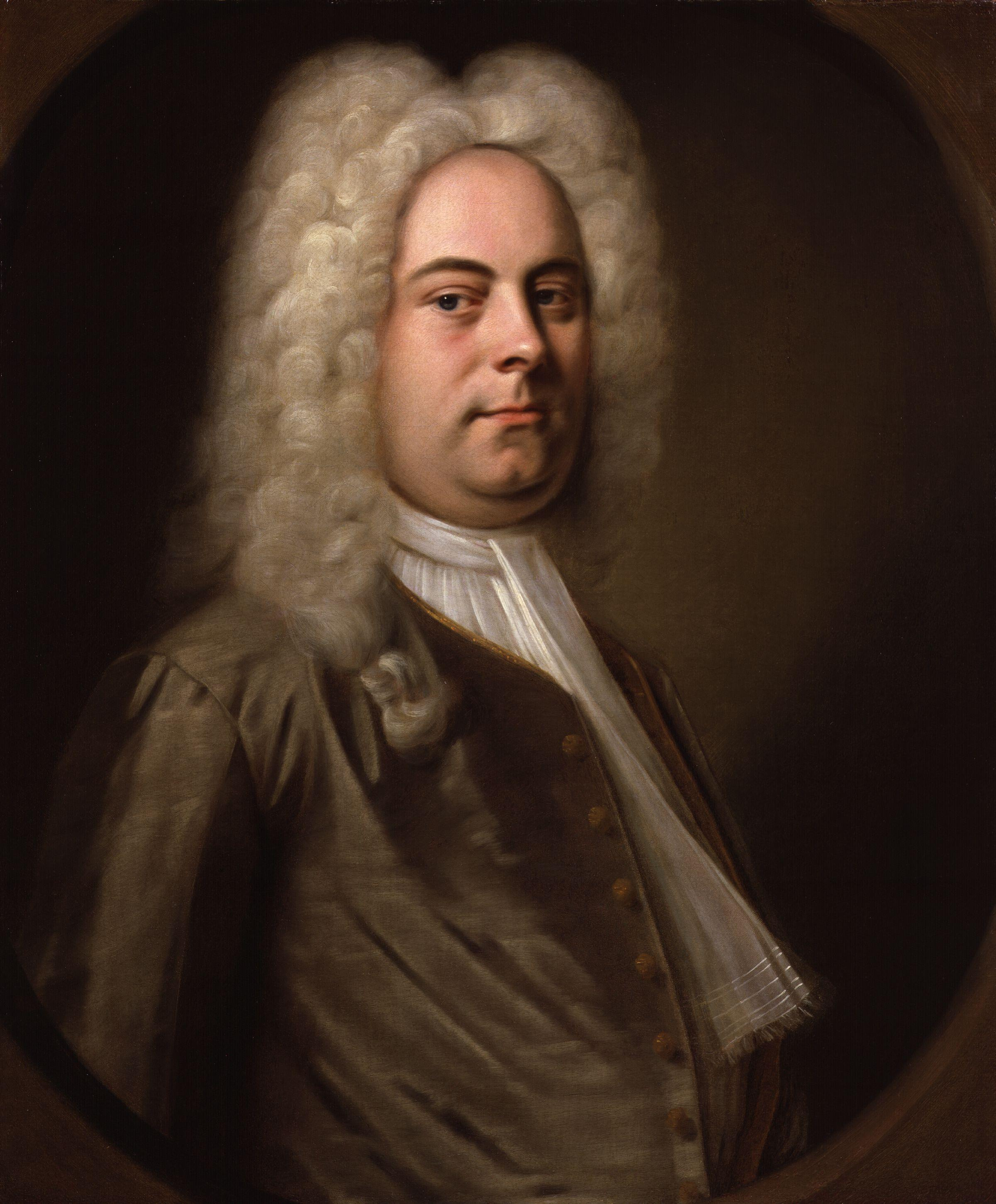
Judas Maccabaeus (Handel)
Judas Maccabaeus (HWV 63) is an oratorio in three acts composed in 1746 by George Frideric Handel based on a libretto written by Thomas Morell. The oratorio was devised as a compliment to the victorious Prince William Augustus, Duke of Cumberland upon his return from the Battle of Culloden (16 April, 1746).[1] Other catalogues of Handel's music have referred to the work as HG xxii; and HHA 1/24.[2]
Judas Maccabaeus
The first performance took place on 1 April 1747 at the Royal Opera House, and Judas Maccabaeus became one of Handel's most popular oratorios. The General Advertiser (issued on the day prior to the concert) announced the event as:[4]
The performers in this original 1747 production included:
The famous chorus See, the Conqu'ring Hero Comes! was composed during the summer of 1747 for Handel's next oratorio, Joshua. In the wake of its popularity, probably in 1751, Handel added it to Judas Maccabaeus, and so it forms a legitimate part of both oratorios.
Publication[edit]
The oratorio was published in London after the composer's death by William Randall, the successor to John Walsh.
Judas Maccabaeus was translated into German and published in 1866 as Volume 22 of the complete works series of the Händel-Gesellschaft.
Literary reference[edit]
Come, ever smiling Liberty, / And with thee bring thy jocund train is sung by Maria, the heroine of Mary Wollstonecraft's novel Maria (1798), at the point where she believes herself to have escaped from her abusive husband. She calls her state "Comparative liberty", suggesting that "the jocund train lagged far behind!" because she takes no pleasure in her need for the separation.[5]
Adaptations[edit]
Reorchestration[edit]
A re-orchestration of Judas Maccabaeus has been attributed to Mozart. The score in question updates Handel's original in a similar way to Mozart's 1789 version of Handel's Messiah. It has been suggested that this version of Judas Maccabaeus represents one of the projects instigated by Mozart's patron Gottfried van Swieten, who promoted the revival of baroque music. However, unlike the re-orchestration of Messiah, which is definitely by Mozart, it has not been possible to confirm Judas Maccabaeus was his. The work survives in a score in an unknown hand which was rediscovered in 2001, having been presented to the Halifax Choral Society in 1850.[6][7]
Nazi text[edit]
Under the Nazis the work was subject to "aryanization", a new text being provided so that Handel's music could be performed without reference to Jewish culture.[8]
See, the Conqu'ring Hero Comes![edit]
The third act chorus See, the Conqu'ring Hero Comes! has been adapted and re-used several times.
In Britain during the 19th century, "See, the Conqu'ring Hero Comes!" gained familiarity as a tune frequently played by brass bands at the opening of new railway lines and stations.[9]
Ludwig van Beethoven composed twelve variations for piano and cello in 1796 (WoO 45).[10] Later, Henry Wood used the tune for a movement in his Fantasia on British Sea Songs (1905), which is regularly played at the Last Night of the Proms.
As a hymn tune, Handel's melody is most frequently associated with two texts: the German Advent song "Tochter Zion, freue dich" by Friedrich Heinrich Ranke (first published in 1826); and as an Easter hymn based on a French-language text by the Swiss writer Edmond Louis Budry ("À toi la gloire, O Ressuscité!"), which was later translated in English as "Thine Be the Glory".
A Hebrew language version of the hymn was composed by Levin Kipnis in 1936, titled "Hava Narima " (הבה נרימה, "Let us raise"). This version maintains the theme of Judas Maccabaeus and his victories against the Seleucid Empire, and due to its subject matter is popularly sung during Hanukkah by Jewish communities in Israel and elsewhere.
The following orchestration was recorded by Chrysander in the Händel-Gesellschaft edition of 1866: